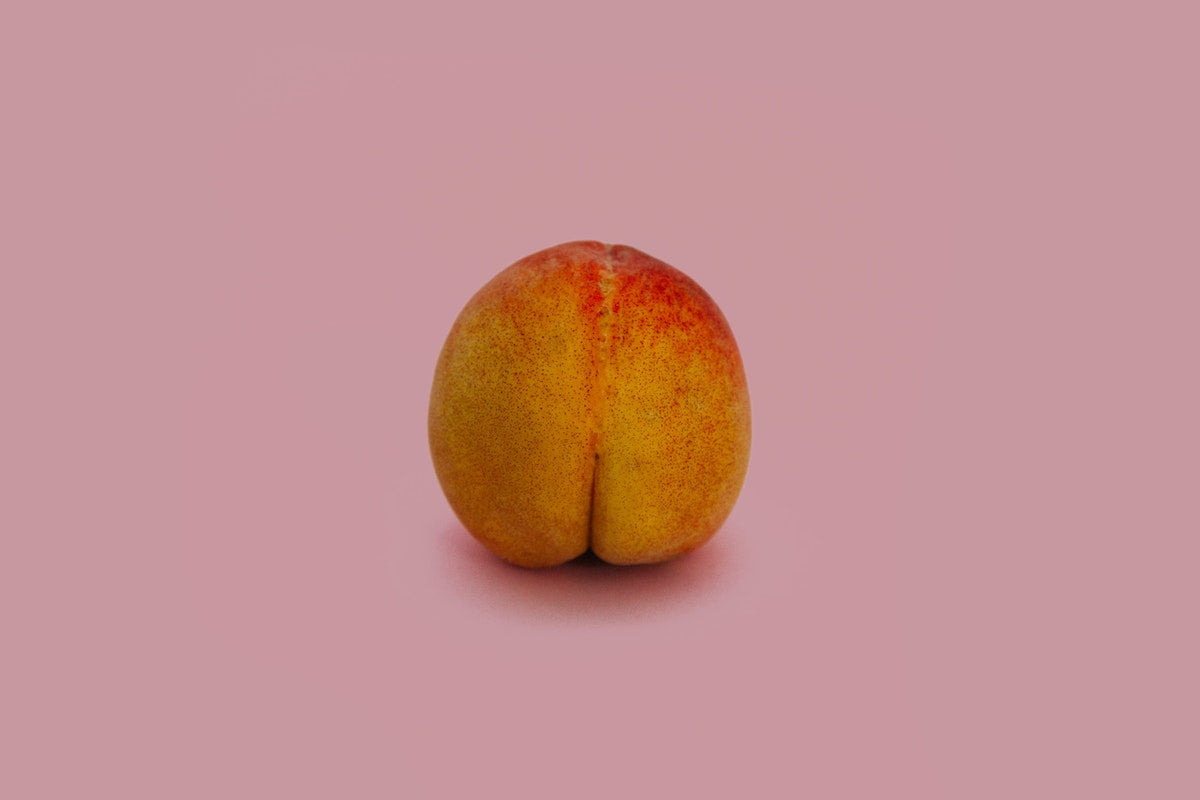Getting to Know Intimate Product Ingredients

What's in your favourite lube? What makes that massage oil tingle? You might already be ingredient savvy or you may just be curious, but either way, we're breaking down these sometimes confusing ingredients so you know exactly what's going on and in your body.
GLYCERIN(E)
Found in many products including soap, sexual lubricants, body care items, and food, glycerin or glycerine is the common name for glycerol. It's a sugar alcohol that is sweet-tasting and acts as a humectant to keep things moist. It's water-soluble and easy to wash away. While glycerine is less sweet that table sugar, it's still a sugar and this can be a problem for some people susceptible to yeast infections. There is a debate as to whether or not it is the “right type of sugar” to promote yeast but anecdotally, Good For Her has spoken to many people who have found that glycerin can exaggerate existing yeast issues. If you never get yeast infections and have a robust vaginal ecology, products containing glycerine should not be a problem for you. Glycerine in some lubes can make them sticky or tacky after the water in the lube has evaporated. These lubes just need a little hydration: add some saliva, water, or a little more lube to bring back the slippery-ness.
Vegetable glycerin(e) refers to the original source of the fat that the glycerin is derived from, usually coconut or palm oils. Vegans and vegetarians would want to look for products that specifically state “vegetable glycerin” in the ingredients list.
Explore our lubricant selection.
PARABENS
Parabens are found in many body products and act as a preservative as well as having antiseptic properties. Parabens include, and are often listed as propyl, butyl, and isobutyl parabens. They are rapidly absorbed, metabolized, and excreted. In the last few years concerns as to allergic reactions and health risks have been associated with parabens. Parabens have been linked to having estrogenic effects or act as phytoestrogens. These substances are being investigated with regard to negative effects on the body’s natural estrogen function and some studies suggest that parabens may be linked to cancer. While some studies remain inconclusive, here is a study that shows some clear links. Although there is no ban on the use of parabens in North America, many people choose to limit or avoid exposure to products containing these ingredients. Some people experience allergic reactions to parabens in the form of skin irritations and contact dermatitis. If you suffer from a paraben allergy or want to avoid parabens, there are now some products on the market that do not contain this ingredient.
For paraben-free lubricants, check out Sliquid Organics, Hathor Aphrodisia, and silicone lubricants.
PROPYLENE GLYCOL
Propylene Glycol is used as a preservative and emollient and is in almost every body product, including toothpaste, cosmetics, mouthwash and medications. Emollients are thickening agents and also keep things hydrated and wet. Most lubricants and lotions contain propylene glycol because we want these products to be moisturizing and to not dry out. The most famous use for this substance is de-icing fluid or anti-freeze – it keeps it wet and temperature neutral. Propylene glycol is US FDA approved and on the Generally Recognized As Safe (GRAS) list. Allergies may occur in people with skin sensitivities, including people with vulvodynia and vaginitis or interstitial cystitis. People who suffer from persistent yeast infections may also want to avoid propylene glycol. Toxicity is associated with ethylene glycol (another ingredient in anti-freeze), not propylene glycol.



